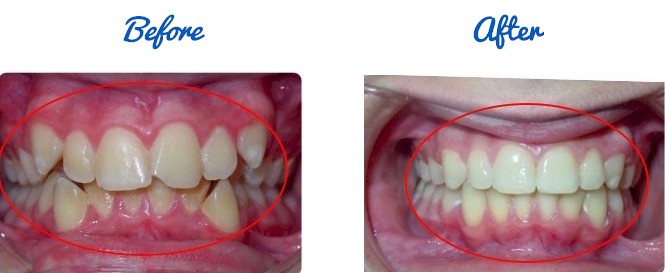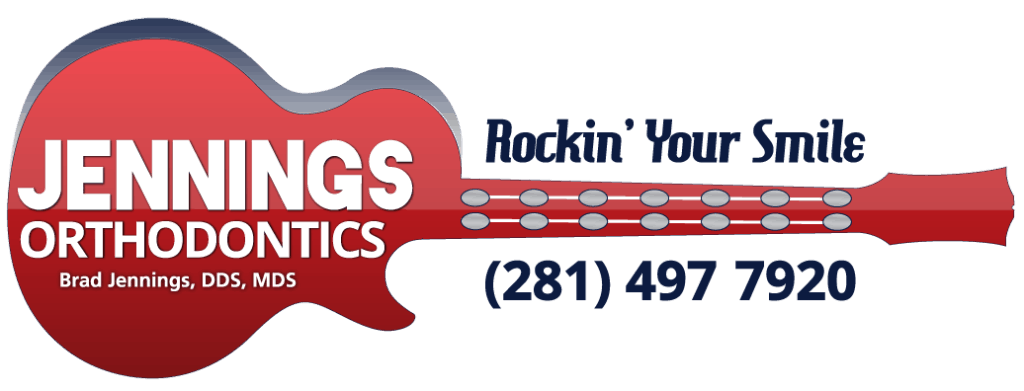If another Houston orthodontist has told you that you are not a good candidate for Invisalign, it might be time to get a second opinion, preferably from an orthodontist that possesses a good amount of experience with Invisalign.
Almost all cases, even the most difficult ones, can be successfully treated with Invisalign. If this is the case, you may wonder why many patients are told they must wear braces instead. Read on to find three common reasons a dentist or orthodontist may recommend a different option than Invisalign.
1. Inadequate Experience
Although a practitioner may have the best intentions for their patients, if they lack experience working with Invisalign, they may believe braces would be the easier option (for both the doctor and the patient). However, based on the basic principles of tooth movement – teeth move as a result of forces applied in a specific direction – it does not matter if these forces are created through the pull of braces or the push of Invisalign.
While some movements benefit more from the pull of braces, there are many movements that actually respond better to the push of Invisalign. If the situation is more extreme, a few braces can be applied to specific teeth for a few months followed by Invisalign for the rest of the treatment period. Most patients prefer this method as opposed to wearing traditional braces for the entire period of treatment.
2. Lack of Willingness
Just as with braces, treatment with Invisalign involves certain limitations. Sometimes these limitations are biomechanical while others involve skeletal constraints. In more difficult cases, we utilize special techniques, functional appliances, surgical corrections, and expanders to address the complications. These options serve as adjunctive appliances in both the case of braces or Invisalign. The addition of these varied treatment modalities optimizes the outcome in terms of bite correction and alignment.
The main difference with Invisalign is that it requires additional planning to determine the proper sequencing of treatment. Because of this, a patient who is interested in Invisalign may be told they will receive better results with braces. Although combining additional modalities with Invisalign may result in a certain amount of additional cost, these options should still be offered and explained so the patient is able to make an informed decision.
3. Lack of Intention
Although many practitioners choose to advertise that they offer Invisalign treatment, many of these providers do not work with Invisalign on a regular basis. If a patient wants a more aesthetically pleasing smile and is advised that they need full braces, certain patients may choose to go with alternative methods such as crowns or veneers.
While this probably was not intentional, these patients should have been properly informed and directed to an Invisalign specialist to help them sort through the facts. Although crowns or veneers are often essential in cases involving discoloration or significant wear, they are not the ideal option for straightening the teeth and improving their appearance.
Final Thoughts
Invisalign has a number of advantages and is able to address the majority of malocclusions. The only patients that should not receive Invisalign treatment are the ones that have chosen to take an alternative route due to the length of treatment, cost, or compliance issues. Consider contacting Jennings Orthodontics to discuss any questions or concerns you have regarding treatment with Invisalign.
With two Orthodontic practices in Houston and Katy, Dr. Brad Jennings is among the top Invisalign providers in the Houston area. All initial consultations are complimentary and we never charge an additional fee if our patients choose to be treated with Invisalign. So go ahead and give us a call or complete a consultation form online. We look forward to meeting you!

